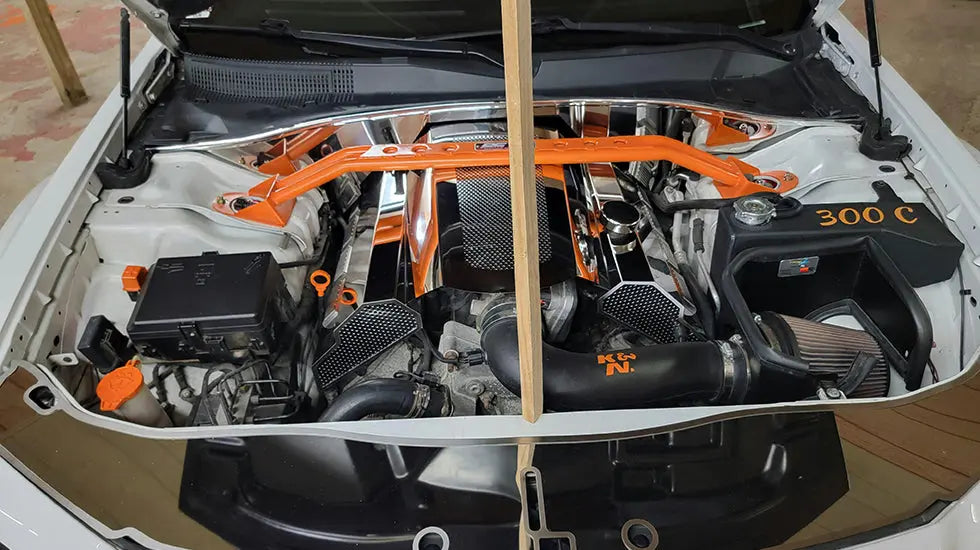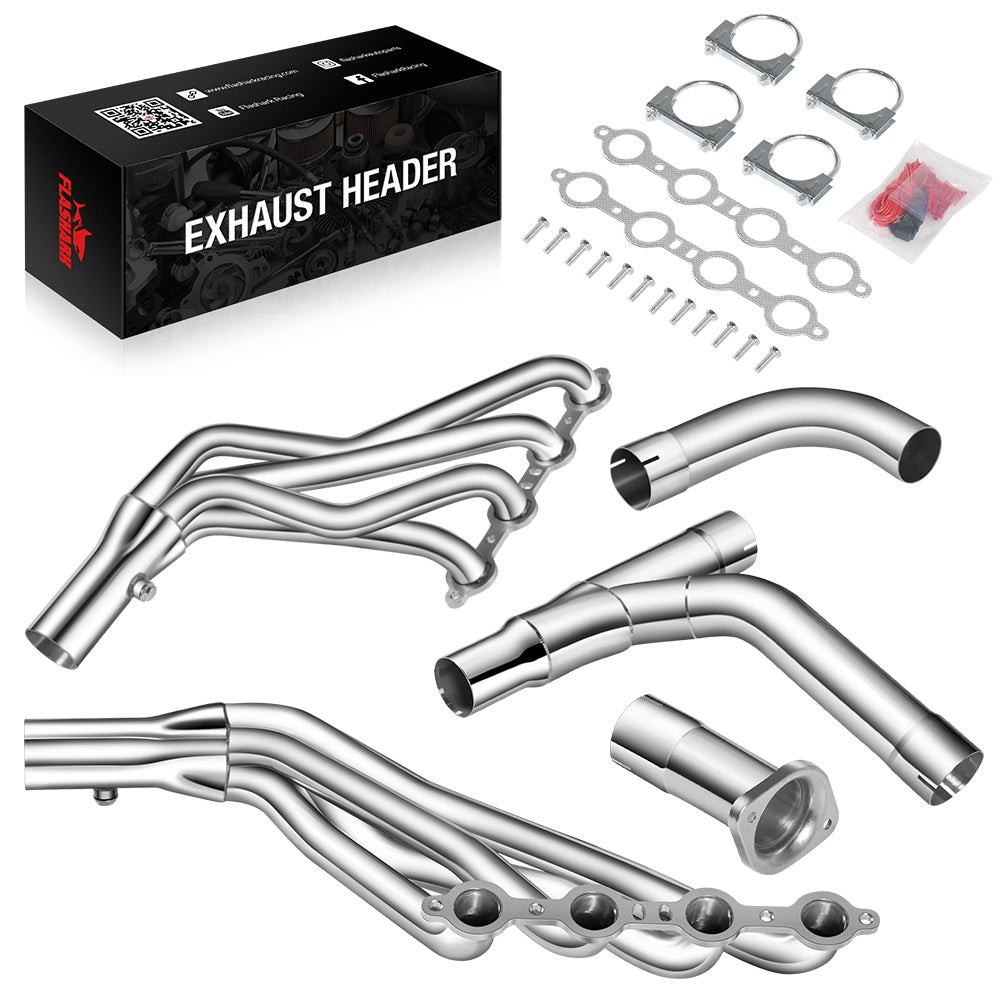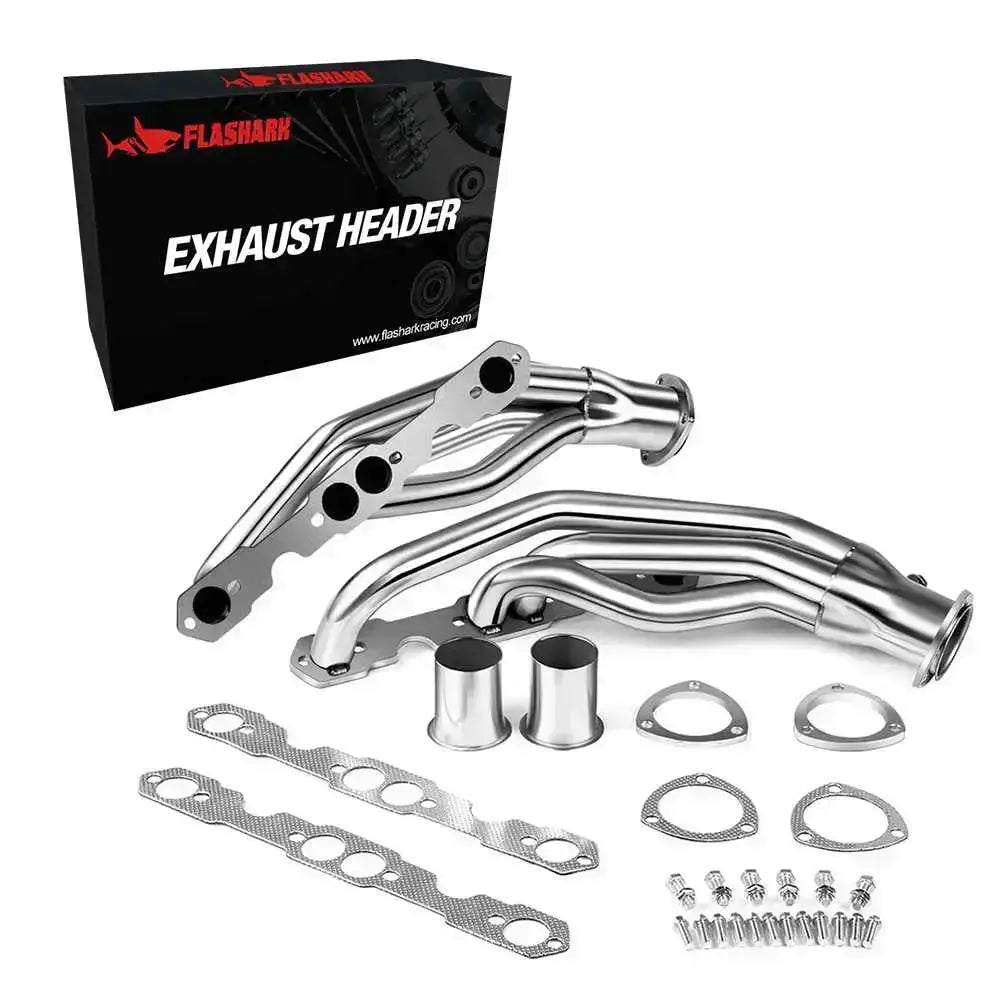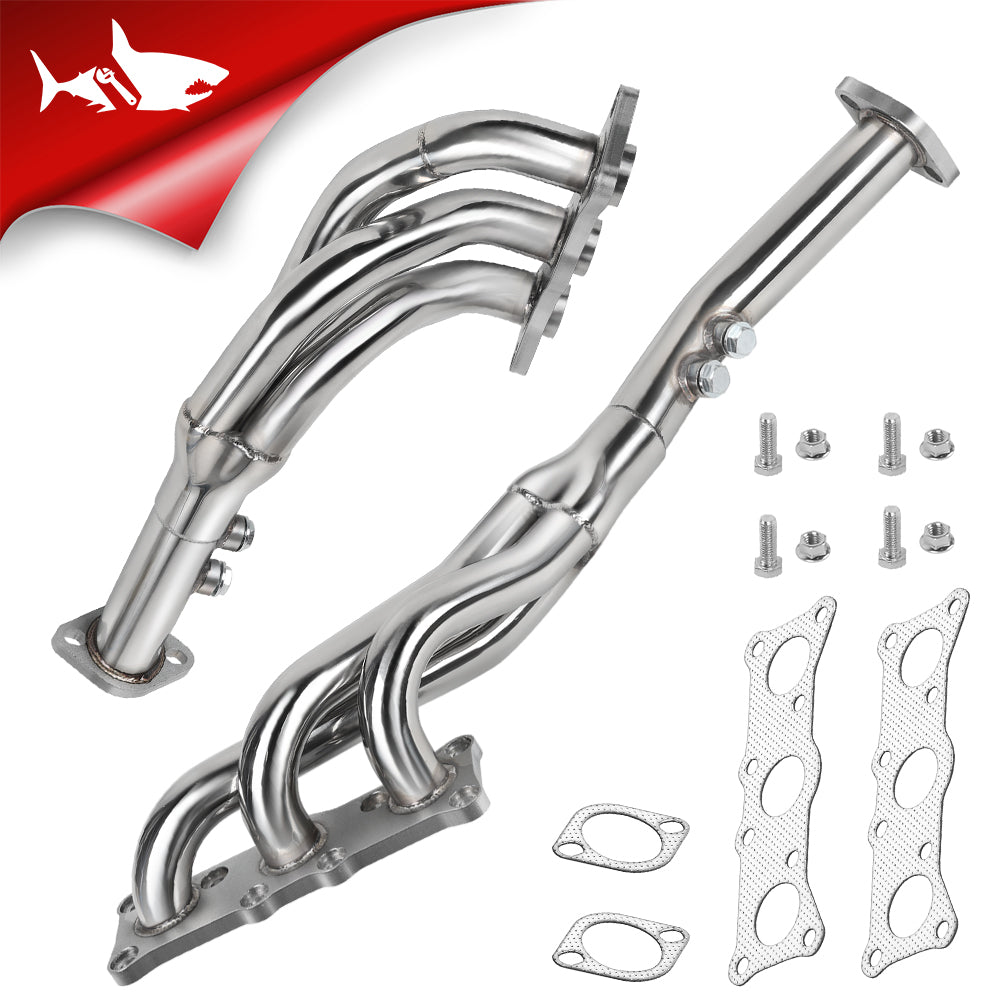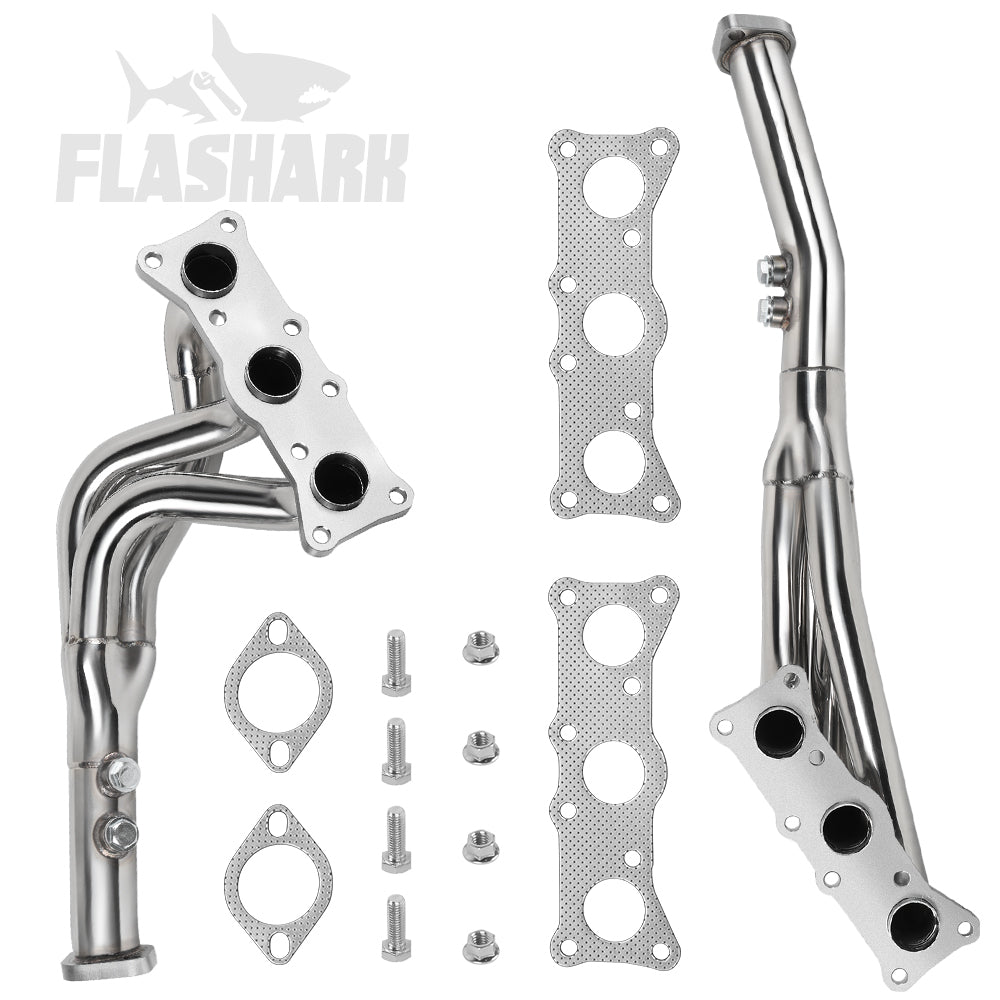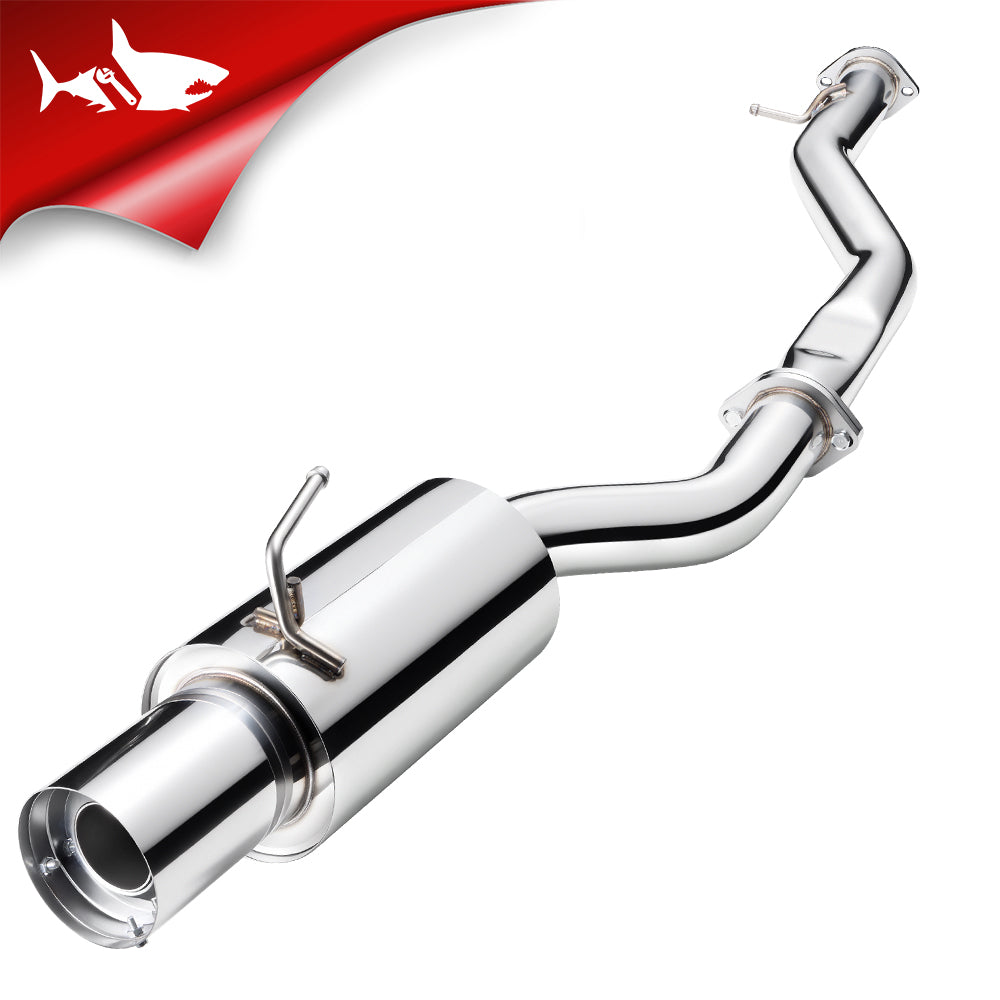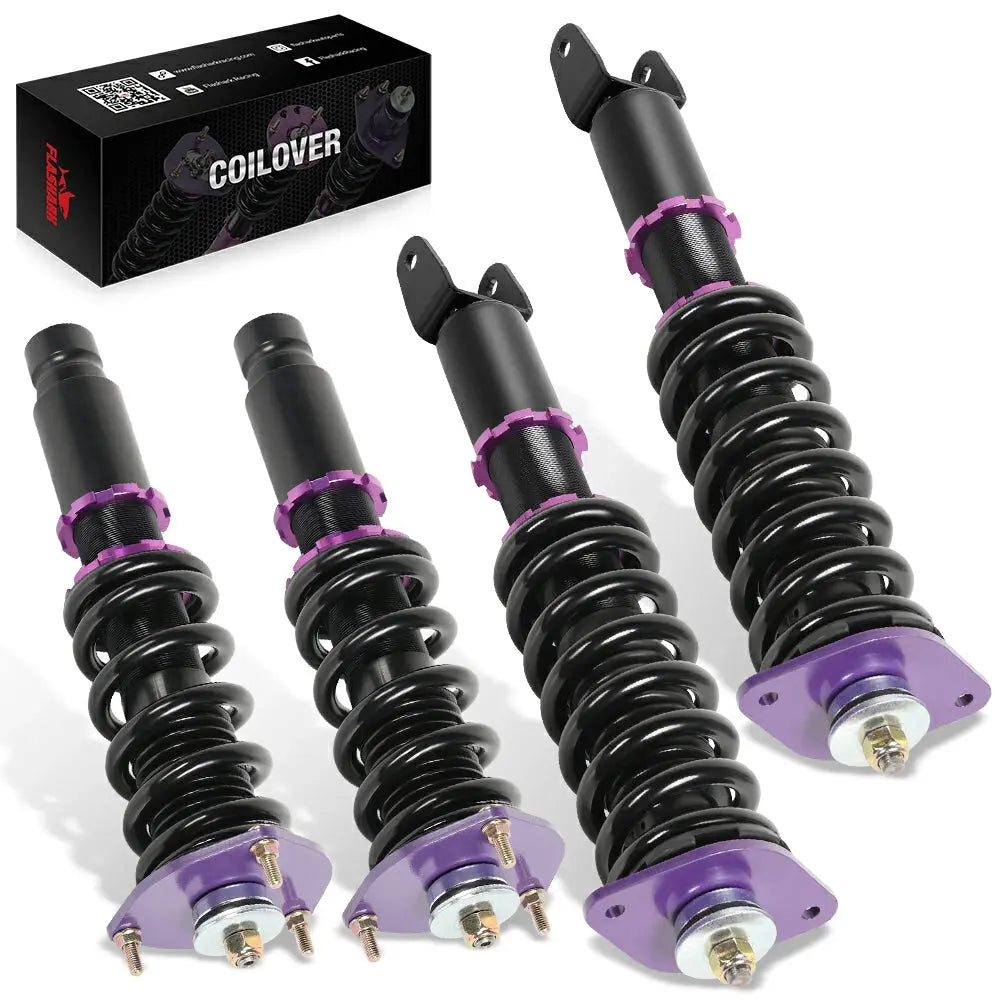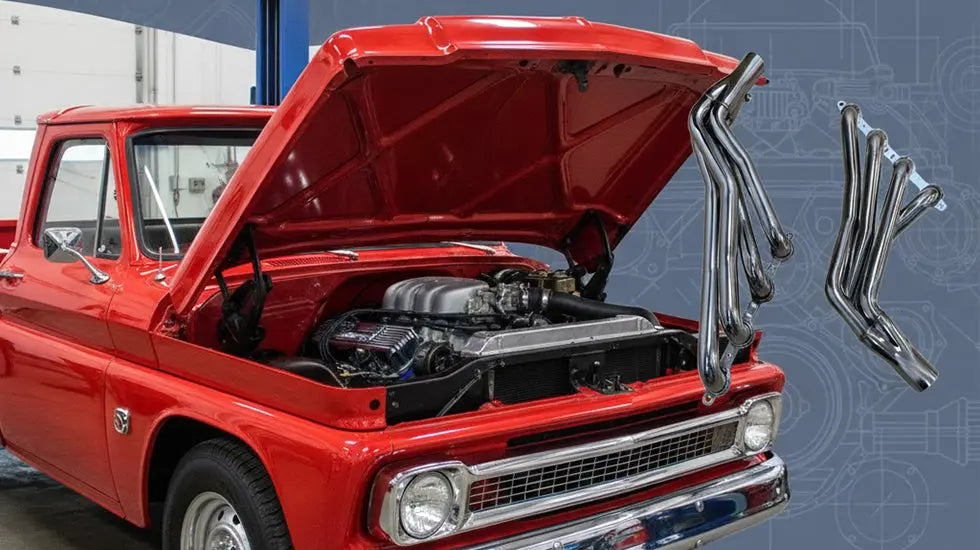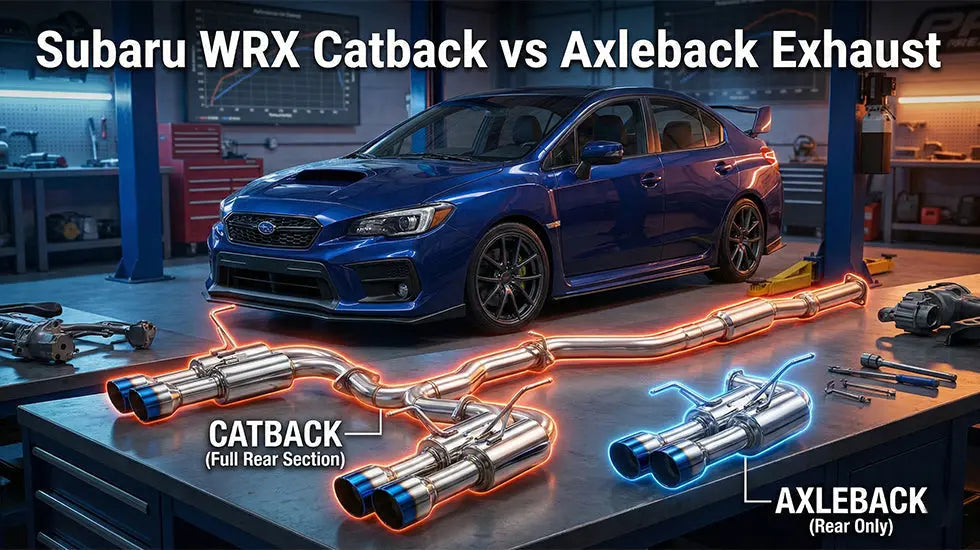El depósito de refrigerante es un componente esencial del sistema de refrigeración de su vehículo. Almacena el exceso de refrigerante y garantiza que el motor se mantenga en el rango óptimo de temperatura. Pero ¿qué ocurre si el depósito de refrigerante de su coche no funciona o no funciona correctamente? ¿Puede seguir conduciendo?
En este artículo, analizaremos la función del depósito de refrigerante, los riesgos de conducir sin él, cómo identificar cuándo los niveles de refrigerante son bajos o el depósito está defectuoso y qué acciones debe tomar para evitar daños en el motor.
¿Qué es la circulación del refrigerante del vehículo?
El sistema de refrigeración de su vehículo se basa en un circuito cerrado de refrigerante que circula por el motor y el radiador. Al funcionar el motor, genera calor, que el refrigerante absorbe. El refrigerante pasa al radiador, donde el calor se disipa en el aire. La función del depósito de refrigerante es almacenar el exceso de refrigerante que pueda escaparse o desbordarse del radiador cuando se calienta demasiado, manteniendo estable el nivel y la presión del líquido.
Sin esta función, el motor podría sobrecalentarse rápidamente, con el riesgo de sufrir daños internos, como deformaciones en las culatas o grietas en el bloque del motor. El depósito de refrigerante gestiona eficazmente la circulación del líquido, especialmente en situaciones de conducción exigentes, como tráfico denso o clima caluroso.
¿Cuál es la función del depósito de refrigerante en su automóvil?
El depósito de refrigerante no es un simple recipiente para líquido; es una parte fundamental del sistema de refrigeración de su vehículo. Desempeña un papel esencial al permitir que el refrigerante se expanda y contraiga a medida que el motor se calienta y se enfría. Esto garantiza que la presión se mantenga constante y que el refrigerante circule correctamente por todo el sistema.
Sin un depósito de refrigerante, el motor correría un mayor riesgo de sobrecalentamiento. El depósito de refrigerante actúa como amortiguador para absorber el exceso de refrigerante que podría escaparse o desbordarse del radiador cuando el motor se calienta demasiado. Esto ayuda a mantener estable el nivel y la presión del líquido en el sistema de refrigeración.
A medida que el motor funciona y genera calor, el refrigerante absorbe dicho calor y se dirige al radiador, donde lo libera al aire. El depósito almacena cualquier derrame de refrigerante durante este proceso, evitando daños por exceso de presión o pérdida de refrigerante.
Un depósito de refrigerante en buen estado garantiza que el motor no experimente cambios bruscos de temperatura. Permite que el sistema de refrigeración regule el calor con mayor eficacia, evitando el sobrecalentamiento repentino y reduciendo el riesgo de daños internos en el motor, como culatas deformadas o un bloque de motor agrietado.
Cómo identificar si su automóvil tiene poco refrigerante o un depósito de refrigerante defectuoso
Para evitar conducir con refrigerante insuficiente, es importante saber identificar las señales de un nivel bajo o de un depósito defectuoso. Reconocer los síntomas a tiempo puede prevenir daños costosos en el motor.
Señales de bajo nivel de refrigerante en el depósito
Si el nivel de refrigerante de su vehículo es bajo, hay varias señales que puede detectar. Estos indicadores pueden ayudarle a identificar el problema a tiempo y evitar daños en el motor.
Indicador de temperatura sube a la zona roja: Una de las primeras señales de un nivel bajo de refrigerante es el indicador de temperatura del tablero. Si la aguja sube a la zona roja, esto suele indicar que el motor se está sobrecalentando debido a la falta de refrigerante. El refrigerante es responsable de regular la temperatura del motor y, sin suficiente, este puede calentarse rápidamente.
Luz de advertencia de refrigerante: Muchos vehículos modernos están equipados con una luz de advertencia de refrigerante. Esta luz se encenderá en el tablero si la computadora del vehículo detecta una disminución significativa en el nivel de refrigerante. Es fundamental tomar en serio esta advertencia y detenerse inmediatamente para revisar el nivel de refrigerante.
Olores inusuales: Otra señal reveladora de un nivel bajo de refrigerante son los olores inusuales. Podría notar un olor dulce o a quemado , que puede deberse a una fuga o quema de refrigerante a altas temperaturas. Esto podría indicar que el refrigerante se está evaporando debido al sobrecalentamiento o que una fuga lo está dejando escapar. Si detecta este olor, es fundamental detener el vehículo e inspeccionar los niveles de refrigerante.
Vapor o humo del motor: Si los niveles de refrigerante son demasiado bajos, también podría notar vapor o humo saliendo por debajo del capó. Esto suele deberse al sobrecalentamiento del motor, ya que el refrigerante ya no circula correctamente para absorber el calor del motor. Si ve vapor, es importante detenerse inmediatamente para evitar daños graves al motor.
Cómo comprobar el nivel y el estado del refrigerante
Revisar el nivel de refrigerante es un proceso sencillo pero vital. Comience por asegurarse de que el coche se haya enfriado antes de abrir el depósito. Si abre el tapón del depósito con el motor caliente, corre el riesgo de quemarse con el refrigerante caliente.
Una vez que el motor se haya enfriado, revise el depósito de refrigerante. Suele ser un tanque de plástico translúcido, a menudo marcado con las líneas "MIN" y "MAX". Si el nivel está por debajo de la línea "MIN", es momento de agregar refrigerante.
El estado del refrigerante es tan importante como su nivel. Un refrigerante transparente y de color brillante (generalmente verde, rosa o naranja) indica que está en buen estado. Sin embargo, si el refrigerante se ve oscuro, turbio u oxidado, podría indicar contaminación, lo que requiere una purga para evitar obstrucciones o daños en el sistema de refrigeración.
Señales comunes de un depósito de refrigerante defectuoso
Un depósito de refrigerante defectuoso puede provocar sobrecalentamiento del motor y otros problemas graves. Estas son algunas señales comunes a las que debe prestar atención:
Grietas visibles o daños en el depósito: Las grietas o daños en el depósito de refrigerante pueden causar fugas y pérdida de presión. Si observa grietas visibles, es importante reemplazar el depósito.
Acumulación de refrigerante debajo del coche: La acumulación de refrigerante debajo del vehículo después de estacionarlo indica una fuga en el depósito o en las mangueras. Esto puede provocar niveles bajos de refrigerante y sobrecalentamiento si no se repara a tiempo.
Burbujas de aire en el refrigerante: Las burbujas de aire en el refrigerante sugieren una grieta o fuga en el depósito, lo que interrumpe el flujo del refrigerante y puede causar sobrecalentamiento y daños en el motor.
El refrigerante desaparece rápidamente: si el nivel del refrigerante baja rápidamente, puede haber una fuga o un problema con la tapa del depósito, lo que provoca una pérdida de refrigerante con el tiempo.
Necesidad frecuente de rellenar refrigerante: necesitar rellenar refrigerante con más frecuencia de lo habitual podría indicar que el depósito no retiene el refrigerante correctamente, probablemente debido a una fuga o una tapa defectuosa.
¿Se puede conducir sin depósito de refrigerante?
Muchos propietarios de automóviles se preguntan si pueden seguir conduciendo sin depósito de refrigerante o si pueden seguir conduciendo con uno defectuoso. La respuesta depende del estado del sistema y de las circunstancias, pero conducir sin un depósito de refrigerante adecuado siempre es arriesgado.

Conducción temporal con un depósito de refrigerante dañado
Si el depósito de refrigerante está dañado, aún podrá conducir distancias cortas o a velocidades más bajas, pero se desaconseja encarecidamente. Si debe conducir, asegúrese de controlar de cerca la temperatura del motor. Si la temperatura comienza a subir, deténgase inmediatamente y deje que el motor se enfríe.
Sin embargo, confiar en esta solución temporal puede provocar un sobrecalentamiento del motor, lo que puede causar daños irreversibles al motor y a otros componentes del sistema de refrigeración.
Por qué es peligroso conducir sin depósito de refrigerante
Con el tiempo, conducir sin depósito de refrigerante puede provocar graves daños en el motor. El principal peligro es el sobrecalentamiento del motor, que puede deformar los componentes metálicos y provocar la rotura de las juntas. En casos extremos, seguir conduciendo sin un sistema de refrigeración en buen estado podría provocar una avería del motor, lo que requeriría reparaciones costosas o un reemplazo completo del motor.
Sin el depósito de refrigerante, el motor no puede mantener una regulación de temperatura estable, lo que lo hace propenso a sobrecalentarse. Esta condición empeora rápidamente, especialmente en climas cálidos o en condiciones de conducción de alto estrés.
Riesgos de conducir sin depósito de refrigerante
Los riesgos asociados a conducir sin depósito de refrigerante no deben tomarse a la ligera. Estos riesgos pueden provocar daños inmediatos y a largo plazo en el motor, cuya reparación podría ser costosa y requerir mucho tiempo.
El sobrecalentamiento y su efecto en el motor
Cuando el sistema de refrigeración se ve afectado, el motor corre el riesgo de sobrecalentarse. El calor excesivo puede dañar piezas cruciales del motor, como la culata, las juntas y los pistones. Este daño puede provocar la deformación de piezas, lo que reduce el rendimiento del motor y requiere reparaciones costosas. En casos graves, puede incluso provocar una falla total del motor, lo que podría requerir su reemplazo.
Impacto en el radiador y el sistema de refrigeración
Sin un depósito de refrigerante, el radiador y todo el sistema de refrigeración deben trabajar más para mantener la temperatura adecuada. Sin el refrigerante adicional y la regulación de presión que proporciona el depósito, el radiador puede sobrecalentarse, provocando fugas o evaporación del refrigerante, lo que podría dañar otras partes del sistema de refrigeración, como la bomba de agua y las mangueras.
Este estrés adicional en el sistema podría reducir la vida útil del radiador, la bomba y otros componentes de enfriamiento, lo que resultaría en reparaciones frecuentes y costosas.
Reparaciones costosas causadas por sobrecalentamiento
El sobrecalentamiento es una de las causas más comunes de falla del motor y su reparación es costosa. Desde reemplazar juntas y sellos hasta la posible necesidad de una revisión completa del motor, los costos pueden aumentar rápidamente. Estas reparaciones pueden ascender a miles de dólares, por lo que es crucial abordar cualquier problema con el sistema de refrigeración de inmediato.
¿Hasta dónde se puede conducir sin un depósito de refrigerante?
Sin un depósito de refrigerante, su capacidad para conducir con seguridad se ve gravemente limitada. Si bien los viajes cortos en condiciones templadas pueden parecer manejables, el riesgo de sobrecalentamiento aumenta con viajes más largos o condiciones climáticas extremas.
Varios factores influyen en la distancia que puede recorrer con seguridad sin depósito de refrigerante. Estos incluyen la temperatura exterior, la carga del motor y las condiciones de conducción. En climas cálidos o durante una conducción intensa, la temperatura del motor puede subir rápidamente, lo que aumenta el riesgo de sobrecalentamiento. Es importante detenerse con frecuencia y controlar el indicador de temperatura si debe conducir sin depósito de refrigerante.
Se recomienda encarecidamente evitar conducir largas distancias o con carga pesada si el sistema de refrigeración está dañado. Continuar conduciendo aumenta la probabilidad de sufrir daños graves en el motor, lo que podría dejarlo varado y con costosas reparaciones.
Cómo reparar o reemplazar un depósito de refrigerante
Si descubre que el depósito de refrigerante está dañado, es esencial reemplazarlo lo antes posible para evitar mayores daños al motor.
Comprobación de fugas y daños
Comience por inspeccionar visualmente el depósito de refrigerante para detectar grietas, fugas o daños. Revise también las mangueras y conexiones para asegurarse de que todo esté intacto. Si observa algún daño visible, es una clara señal de que el depósito necesita ser reemplazado.
Cómo reemplazar un depósito de refrigerante usted mismo
Reemplazar el depósito de refrigerante suele ser una tarea que uno puede hacer uno mismo. Primero, drene el refrigerante del sistema y retire el depósito dañado. Instale el nuevo, asegurándose de que esté bien fijado, y rellene el sistema con el refrigerante adecuado. Si no está seguro de hacerlo usted mismo, lo mejor es consultar con un mecánico.
Cuándo buscar ayuda profesional
Si no se siente seguro al realizar el reemplazo o si existen problemas más complejos con el sistema de refrigeración, es recomendable buscar ayuda profesional. Un mecánico puede diagnosticar el problema con precisión y garantizar el correcto funcionamiento de todo el sistema de refrigeración.
Conclusión
Conducir sin un depósito de refrigerante en buen estado es un riesgo que no conviene correr. Aunque parezca tentador ignorar un problema menor, hacerlo puede provocar daños graves en el motor y costosas reparaciones en el futuro. El depósito de refrigerante desempeña un papel crucial para mantener la temperatura y la presión adecuadas del motor; sin él, el motor corre el riesgo de sobrecalentarse y potencialmente fallar.
Si nota alguna de las señales que hemos mencionado, ya sean grietas visibles, acumulación de refrigerante o recargas frecuentes, no espere a que el problema empeore. Abordarlo a tiempo puede evitarle daños mayores y mantener su vehículo funcionando sin problemas durante años.
Recuerda, el sistema de refrigeración de tu coche no es algo con lo que se pueda jugar. Vigila los niveles de refrigerante, inspecciona regularmente el depósito y asegúrate de que todo esté en perfecto estado. ¡Tu motor te lo agradecerá!

